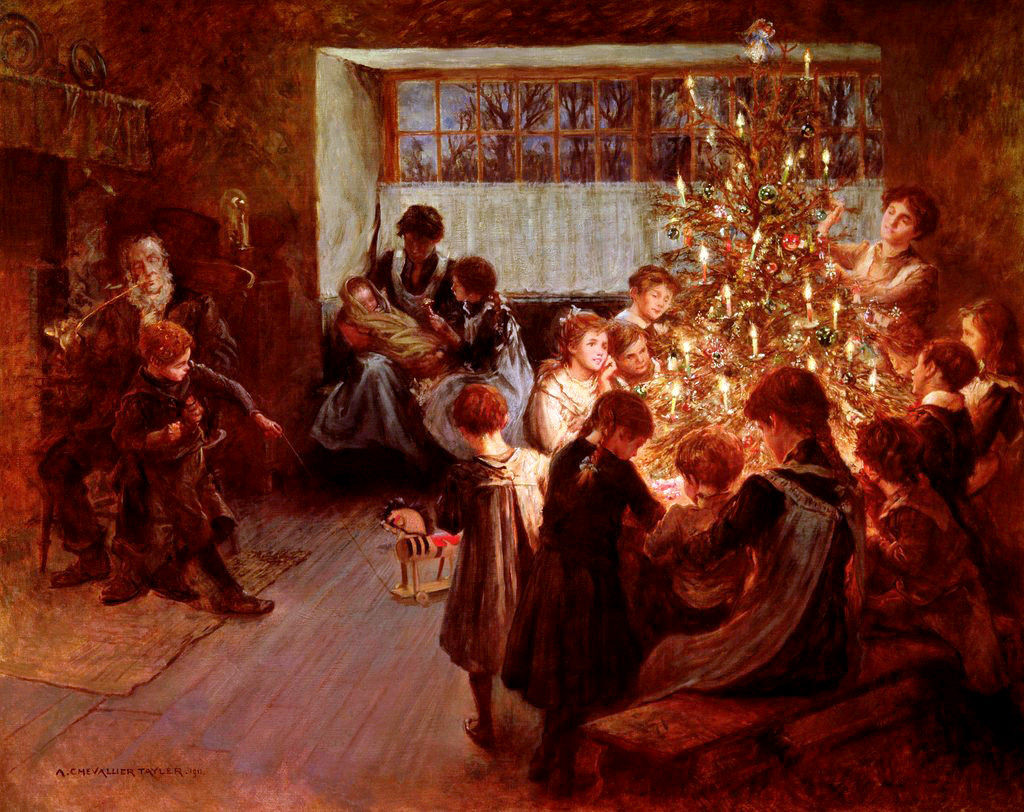What is common between Santa and the two main US parties? No, it’s not old men, nor the promise of free stuff. The same American political cartoonist, Thomas Nast is responsible for popularizing the modern image of Father Christmas, as well as the elephant and Donkey as symbols of the Republican and Democratic party.
Nast was a staunch advocate of liberty. His cartoons and satire could make or break politicians. He helped Abraham Lincoln get elected and he was a Republican supporter until he thought the party no longer represents those freedoms he believes in, and he placed his talents in the service of Democratic candidate, Grover Cleveland who did in fact win the elections.
Cleveland is often lauded as the most classical liberal president due to his free market economics, and small state approach.
Today, Republicans who still believe in Republican values, but not their party that drifted very far from them are called traitors. Back then they were called Mugwumps. Politicians changing colors but maintaining values is nothing new, nor something deplorable. Sir Winston Churchill, whose long standing resolute opposition to inhumane system, whether Nazism or Communism crossed the branches himself, more than once.
Showing moral fiber is nothing new, nor is corruption. Thomas Nast didn’t only advocate for positive pro-liberty values, but fought against abuse of power, such as corruption. His cartoons brought down the infamous New Yorker, William Magear Tweed, who defrauded the city as a politician. Nast rejected the sky.high bribes offered to him to relent, and ultimately broke the corrupt machinery of Tweed.
“No presents for Christmas”, is, surely, a sentence uttered every single year by at least one member of every family. As if gifting would corrupt the true spirit of Christmas.
However, until the 19th century, the birth of Jesus was nothing more than a strictly religious holiday. Two centuries ago, the industrial revolution brought mass production, the still lasting exponential growth of wealth, health, population, and standards.
The current custom of Christmas and gifting was born, which should be celebrated just as much as the birth of Jesus. The two are not mutually exclusive.
Although in some countries of CEE it is the Baby Jesus that brings the presents and not Santa, the whole tradition of gifting is a product of consumerism rather than modern religious practices. It has more to do with marketing than with religion. First Santa was featured in an American poem, but it was Thomas Nast’s drawing which popularized the current image. He did that partly as a Unionist propaganda at the time of the US civil war.
Christmas is a celebration of Western values, and as such classical liberal values, the foundation of modern Europe, the US, and many other countries. This values incorporate Chirstianity, but also religious pluralism, enlightenment, the industrial revolution and as such consumerism.
There is nothing wrong with having a gift giving aspect for Christmas, and that gift can also be the sheer presence of one’s family at the times when the value of these family gatherings are more precious than ever.



